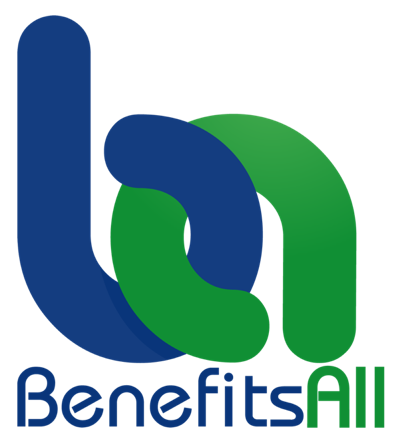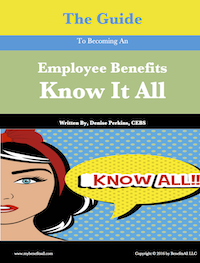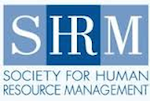The Future of Workplace Employee Benefits - The One Option Plan
December 16, 2014

There are many likable features of workplace defined contribution retirement plans like the 401(k) plan. Employees can take the plan with them when they leave their employer. They can make their own investment choices. And they can enjoy the benefits of market highs. But as the 2008 Great Recession highlighted these plans have many negative components. However these negative features are accepted because most workers will never experience an alternative.
According to the Small Business Administration (SBA), more than 70% of small businesses do not offer a workplace retirement plan to workers. Of those that do offer a plan, 75% of workers participate in a 401(k) style plan. On the other hand, nearly all large firms sponsor a retirement plan. And like small firms, the plans they offer are mostly 401(k) style plans. As reported in a recent Towers Watson survey, only 7% of large firms offer traditional defined benefit pension plans to new hires. Consequently, there is a generation of workers who will never have an opportunity to participate in a traditional pension plan. The 401(k) plan is increasingly their only option.
But it is not just retirement plan options that employers are narrowing. Workplace health insurance options are decreasing as well. Even while employers are exploring private exchanges to give employees more health plan choices, these plans are usually high deductible health plans (HDHPs). And like 401(k) style retirement plans, HDHPs have some attractive features and some negative features.
The Future May Not Be So Bright
The negative aspects of 401(k) style retirement plans include high fees and the risk of substantial loss of value. These plans also require a level of knowledge most employees will never acquire. This lack of knowledge can lead to poor investment allocation decisions and reduced account balances. However, some of these negatives can become positives with inexpensive plan adjustments. And while 401(k) plans are not for everyone, they do have one redeemable feature—time. With time, some of the negatives of 401(k) plans can become positives.
The negative features of HDHPs include the high deductible and lack of transparency. According to the 2014 Kaiser Family Foundation Employer Health Benefits Survey, the average deductible for workplace HDHPs (single coverage) is about $2,200. Twenty-three percent of these plans have a deductible of $3,000 or more. The deductible for these plans for private individual coverage on the federal exchange, healthcare.gov, is even higher.
Case in point. Over the past three weeks, I was looking for an individual health plan in the state of VA on healthcare.gov, and the only plans available that meet my needs are HDHPs. The deductible range for these plans is $3,500 to $6,500 for single coverage. The monthly premiums are in the $300 to $400 range, again for single coverage.
Now I am a big supporter of Affordable Care Act and the Exchanges, I am not at all a fan of HDHPs. And the promise of much lower premiums if you enroll in these plans versus some other type of health plan rings false to me. A $400 monthly premium for a person who has never received care for an illness or injury, ever, is not low.
Well, it is obvious I am much less of a fan of high deductible health plans than I am of 401(k) style retirement plans. But that does not mean I think the one plan-type option is a good idea for workplace health insurance or retirement plans. Both 401(k) and HDHPs work well in workplaces that have more high-income workers who can afford to save. Workplaces with more lower wage workers need additional plan options.
blog comments powered by Disqus


 Denise Perkins
Denise Perkins




